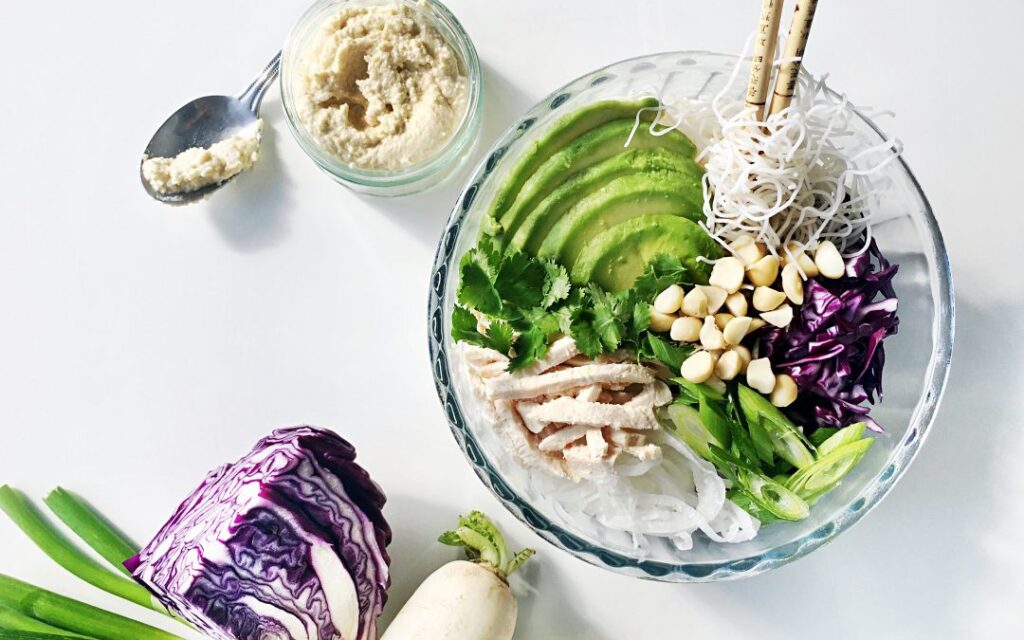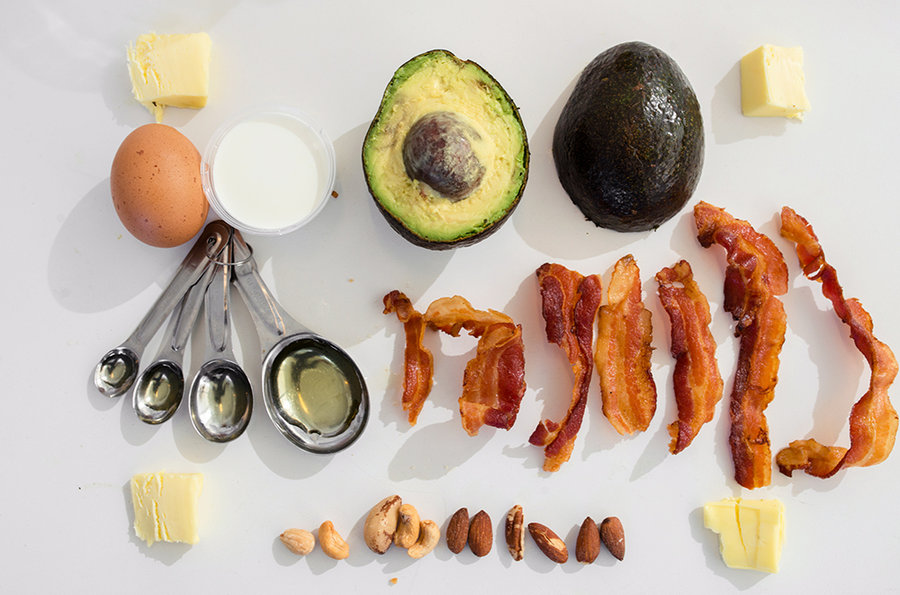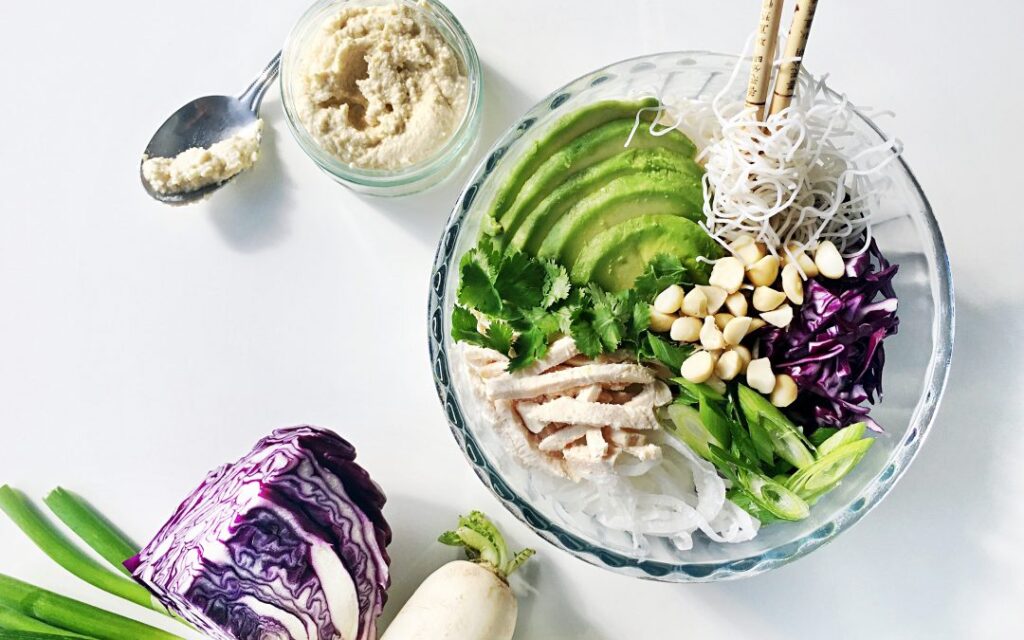
It’s all about ketosis. Take it and keep it.
First of all, the ketogenic diet plan is similar to many low-carb, high-fat diets. But there is a difference. The difference is that carbohydrate intake is deliberately reduced to put your body into a state of ketosis. No other low-carb, low-fat diet plan can do this.
Ketosis is a process that occurs in the body every day, no matter how many carbohydrates you eat. Your body processes different types of food and turns it into the fuel it needs. Proteins, fats and carbohydrates are all criteria for use. The ketogenic diet plan is a low-carb, low-fat diet that speeds up this process.
When you are in ketosis, your body is in a metabolic state and gets most of its energy from ketone bodies in the blood. Ketones are products produced when the body burns fat for energy.
This is in contrast to the glycolytic state, where blood sugar provides more energy. So this means your body burns fat instead of carbohydrates for energy.
Why is this happening? Our bodies normally run on glucose for energy. We can’t create glucose and only store 24 hours-worth in our muscles and liver. Once this glucose is no longer available, we begin to burn stored fat. The ketogenic meal plan, therefore, eliminates glucose and causes the body to burn stored fat.
The Keto Meal Plan
The Keto meal plan is low-carb, high fat, high protein, and these elements are eaten daily in these amounts: at least 65% of your food intake is from fat. This will give you about 30% protein, and the last 5% will be 5% extra fat or something like dandelion greens, kale, spinach, chard, etc. It can be 5% dark green vegetables that do not contain carbohydrates such as.
Understanding what you can and can’t eat is key to making keto work as a weight loss plan. Macronutrients and tracking your intake of these nutrients are part of the process of achieving and maintaining ketosis. Macronutrients are the largest food group that the body needs for energy. These include protein, carbohydrates and fats. When we talk about macros, we are talking about these essential nutrients. Since “macro” means large, macronutrients are nutrients that we need in large amounts.
Three important macronutrients for health and energy:
1 Carbohydrates
2 Healthy fats
3 Protein
Remember, the ketogenic diet plan is low-carb, not no-carb. So the foods we eat every day contain carbohydrates, but they are fewer than the average person eats. In addition, protein and fat must be increased to replace lost carbohydrates. Therefore, tracking and tracking your daily macronutrients can help you succeed on a ketogenic diet plan.



